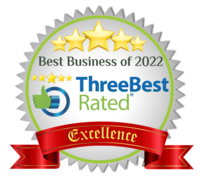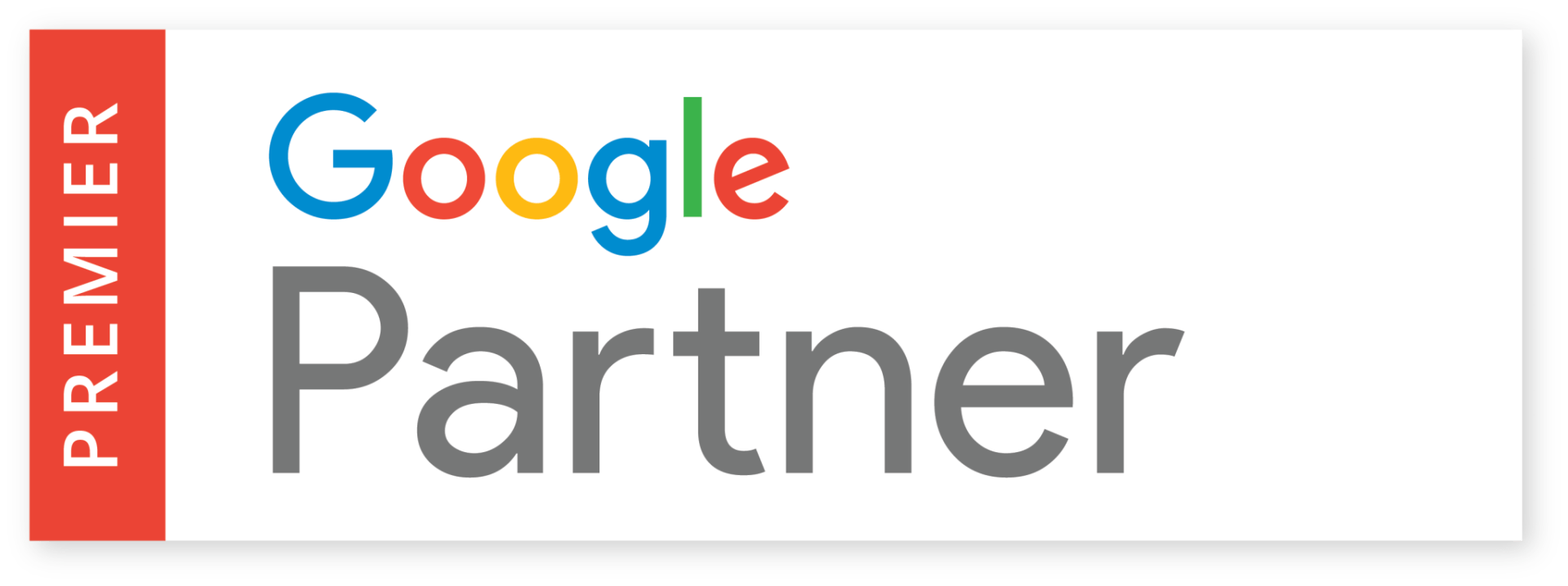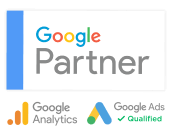Unlock Content Marketing Secrets for Business Growth

Content marketing for business growth generates three times more leads per dollar spent than traditional advertising while costing 62% less, offering measurable ROI and sustainable audience engagement. This guide explains why content marketing unlocks high-quality lead pipelines, how to build a strategy, leverage semantic SEO for visibility, measure ROI precisely, and adopt emerging trends like AI, video, and voice search. Readers will learn actionable steps to attract, engage, and convert prospects, with supplementary pointers to elevate execution through comprehensive digital marketing services.
Content Marketing ROI
Content marketing generates three times more leads per dollar spent than traditional advertising while costing 62% less, offering measurable ROI and sustainable audience engagement. The average content marketing ROI is $7.65 for every $1 spent.
What Are the Key Benefits of Content Marketing for Business Growth?
Content marketing drives lead generation, brand awareness, and cost-effective growth by delivering valuable resources to target audiences. It fuels sales funnels, builds trust over time, and maximizes marketing budgets. Understanding these benefits lays the foundation for strategy development and measurement.
Before exploring strategy details, it helps to examine how content fuels each core advantage.
How Does Content Marketing Generate High-Quality Leads?
Content marketing generates high-quality leads by aligning valuable resources with audience intent, engaging prospects at every stage, and guiding them toward conversion through targeted calls to action.
| Buyer Persona | Preferred Content | Conversion Rate |
|---|---|---|
| Small Business | “How-to” Guides | 7.4% |
| Enterprises | In-depth Reports | 5.8% |
| Startups | Case Studies | 6.3% |
Tailoring content by persona ensures each visitor encounters relevant information that nurtures trust and drives action, leading directly to brand-building advantages.
In What Ways Does Content Marketing Enhance Brand Awareness and Trust?
Content marketing enhances brand awareness and trust by sharing expertise through consistent, high-value content that addresses real challenges. Regularly publishing authoritative blog posts, whitepapers, and social updates positions companies as industry leaders, expanding reach and fostering long-term loyalty. Establishing thought leadership in niche topics paves the way for effective strategic planning.
Why Is Content Marketing More Cost-Effective Than Traditional Marketing?
Content marketing proves more cost-effective than traditional marketing by leveraging owned channels and evergreen assets to generate leads long after launch. With an average ROI of $7.65 for every $1 spent, content assets compound value over time, reducing ongoing acquisition costs and enabling scalable audience growth without proportional budget increases.
How Do You Develop an Effective Content Strategy for Business Growth?
An effective content strategy combines audience research, goal-setting, and editorial planning to guide every asset toward business growth. By defining clear objectives, mapping buyer journeys, and scheduling content deliverables, organizations ensure consistency and measurable impact across channels. This structure aligns creation, distribution, and analytics for predictable results. Next, discover the step-by-step approach to planning and goal-setting.
What Are the Essential Steps in Content Planning and Audience Research?

Effective planning begins with keyword analysis, competitor mapping, and buyer persona development to identify content gaps and opportunities. Next, prioritize topics by search volume and audience pain points, then validate with social listening and survey data. This foundation informs targeted messaging and asset formats.
How Do You Set Clear Content Marketing Goals and KPIs?
Setting clear goals involves defining SMART objectives—Specific, Measurable, Achievable, Relevant, and Time-bound—such as increasing organic leads by 30% in six months. KPIs like organic traffic, lead conversion rate, and average time on page track progress and reveal optimization needs.
What Are the Best Practices for Creating a Content Calendar?
A content calendar ensures the timely delivery of diverse assets by outlining publication dates, topics, formats, and distribution channels in a shared calendar. It balances pillar content, supporting posts, and promotional cycles, assigns responsibilities, and incorporates review deadlines. Integrating comprehensive digital marketing services early in the calendar secures cross-functional alignment and resource allocation.
How Can Semantic SEO Boost Your Content Marketing Visibility?
Semantic SEO boosts visibility by focusing on topic clusters, entity relationships, and natural language patterns, aligning assets with user intent and search engine knowledge graphs. This approach enhances relevance signals, expands keyword reach, and unlocks featured snippets through structured on-page optimization and internal linking.
Building on strategic planning, semantic techniques accelerate content discovery.
Semantic SEO Benefits
Semantic SEO improves search engine results by helping them understand the meaning and context of content, leading to more relevant results. Semantic SEO also enhances content quality and brand authority.
What Is Semantic SEO and Why Is It Important for Content Growth?
Semantic SEO is the process of optimizing content around topic clusters and entity relationships rather than isolated keywords, improving contextual relevance and SERP feature eligibility. By mapping concepts and related terms, websites earn higher visibility, stronger authority signals, and more engaging search experiences.
How Do Keyword Clustering and Entity Mapping Improve Search Rankings?
Keyword clustering groups semantically related queries into cohesive themes, enabling comprehensive content hubs that cover user intent fully. Entity mapping connects each content asset to defined entities—such as Audience, ROI, or Content Strategy—guiding search engines to interpret and rank pages for broader query sets.
What On-Page SEO Techniques Optimize Content for Business Growth?
On-page SEO techniques include optimizing title tags and headers with target and supporting terms, using descriptive meta descriptions, adding structured data (Article, HowTo, FAQPage schema), and ensuring mobile-friendly layouts. These practices signal relevance to search engines and facilitate enhanced SERP features.
How Do You Measure Content Marketing ROI and Success?
Measuring content marketing ROI involves attributing revenue to content-driven leads and comparing against costs to evaluate efficiency. Using multi-touch attribution models, marketers assess each asset’s contribution, identify high-value channels, and refine strategy based on data-driven insights.
An understanding of metrics and tools amplifies strategic decisions.
| Performance Metric | Purpose | Insight Generated |
|---|---|---|
| Organic Traffic Growth | Audience reach | Topic resonance and reach |
| Lead Conversion Rate | Funnel efficiency | Effectiveness of CTAs |
| Average Time on Page | Engagement quality | Content relevance and depth |
What Metrics and KPIs Are Key to Evaluating Content Performance?
Key KPIs include sessions by landing page, scroll depth, form submissions, lead-to-customer conversion rate, and content-attributed revenue. Tracking these metrics reveals which topics and formats drive business growth most effectively.
How Do You Calculate Content Marketing ROI Effectively?
Content Marketing ROI = (Revenue attributed to content – Content development cost) / Content development cost × 100. This formula quantifies profitability and guides budget allocation toward the highest-performing assets.
Which Analytics Tools Help Track Content Marketing Results?
Analytics tools such as GA4, Google Search Console, Semrush, and Ahrefs provide insights into traffic sources, keyword rankings, user behavior, and backlink profiles. Combining these platforms ensures a holistic view of performance and optimization opportunities.
What Emerging Content Trends Should You Leverage for Sustainable Growth?
Leveraging emerging trends like AI-driven content personalization, interactive video formats, and voice search optimization ensures content strategies remain future-proof and competitive. Early adoption of these trends amplifies engagement and strengthens brand positioning in evolving digital landscapes.
Exploring each trend reveals practical integration methods.
How Is AI Transforming Content Creation and Optimization?

AI tools streamline topic ideation, generate SEO-optimized drafts, and suggest semantic expansions by analyzing intent signals and entity relationships. Automated A/B testing of headlines and predictive content scoring accelerates optimization.
AI in Content Marketing
AI tools streamline content creation by generating drafts and suggesting semantic expansions. AI can also be used for automating SEO strategies.
Why Is Video Content Essential for Engagement and Growth?
Video content captures attention through dynamic storytelling, increasing dwell time and social shares. Short-form and live videos foster real-time interactions, boosting brand memorability and accelerating conversion pathways.
How Does Voice Search Impact Content Marketing Strategies?
Voice search optimization requires conversational, question-based content and concise answers that align with natural speech patterns. Structuring pages for featured snippets and FAQ schema enhances chances of ranking in voice results and meeting on-the-go user needs.
Content marketing secrets for business growth converge on strategic planning, semantic optimization, ROI measurement, and trend adoption. Implement these practices to attract, engage, and convert audiences sustainably while maximizing return on every content dollar.


















